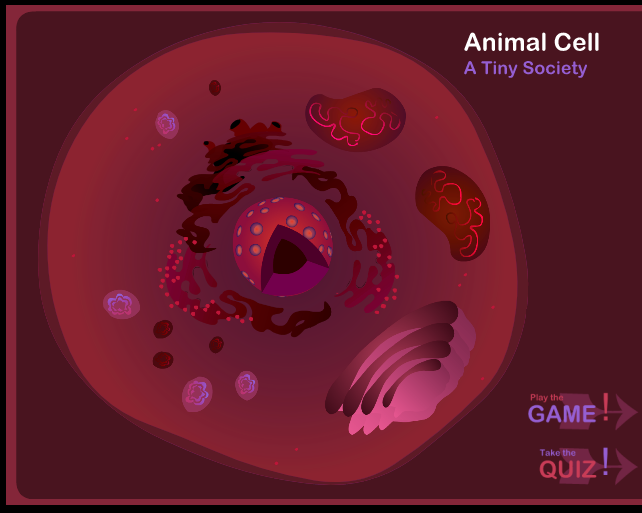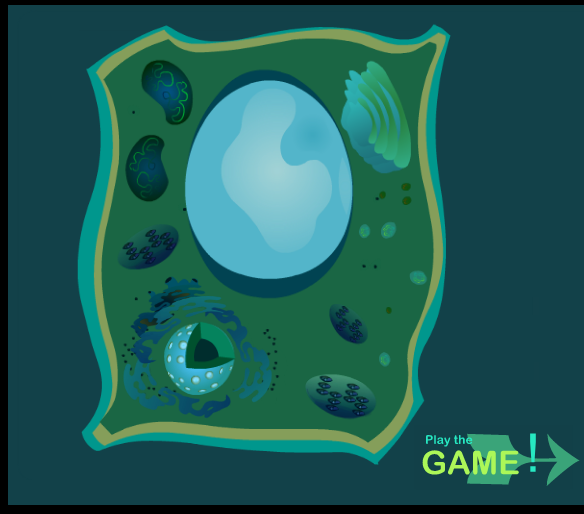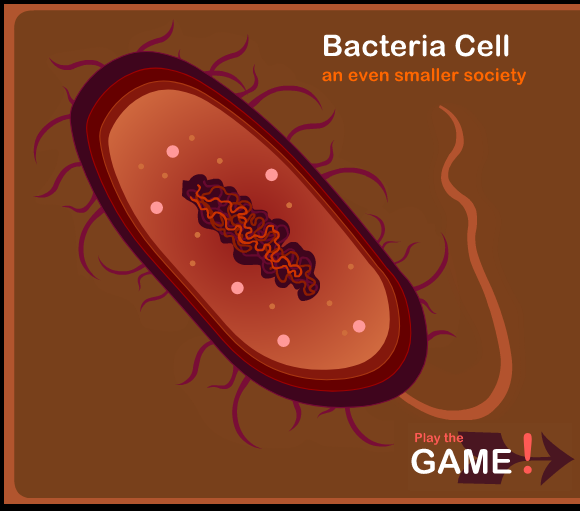Cell Types Detective Activity
Biologist's Report on Unicellular Infections in the New York Aquarium
![]()
In this Problem Based Learning activity students will identify different types of cells to help the New York aquarium re-open. Aquarium tanks flooded during the storm surge from hurricane Sandy must be clear from infections before being restocked. They will write a report to explain their findings and outline the features of each cell which enabled it to be identified as, eukaryotic plant cells, animal cells or prokaryote cells.
Guiding Questions
Which cell structures are most useful when identifying different cell types?
What are the organelles in prokaryote cells, and eukaryote cells?
The New York Aquarium in Brooklyn was closed after being inundated by the storm surge from Hurricane Sandy last autumn. The storm surge jumped the Coney Island Boardwalk on the evening of Oct. 29 2012, pouring sea water into the five buildings on the 14-acre complex. The floodwaters cascaded down the stairs of the buildings, filling up basements with 10 to 15 feet of water, and flooded the ground floors with two to three feet. See more images and a ![]() news report about hurricane sandy at the NY aquarium
news report about hurricane sandy at the NY aquarium
For days, aquarium officials thought they would need to evacuate the entire collection of 12,000 fish and marine mammals to other aquariums on the East Coast. Staff members were able to stave off an evacuation by working around the clock to pump water out of basements and get emergency generators running. Since then the animals have been in special quarantine tanks.
Before the aquarium can re-open the the aquarium vet must be sure that there are no diseases in any of the tanks. Diseases can be caused by single celled protoctista (made from eukaryotic animal cells) or bacterial infections (made from prokaryotic cells). Algae do not normally harm the fish (they are made from eukaryotic plant cells)
Activity 1 - An Expert Biologist's Report
You are a cell biology specialist. Samples taken from water in each of the five aquarium tanks have been loaded into the New York aquarium's electron microscope, below. ![]() Electron Microscope Slide Viewer - ppt file
Electron Microscope Slide Viewer - ppt file
Your job is to analyse these images.
Identify which type of cells they are; eukaryote animal cell, eukaryote plant cell or prokaryote.
For each slide, explain how you have identified the cells and complete the ![]() Student Worksheet - a template for the Expert Biologist's Report
Student Worksheet - a template for the Expert Biologist's Report
Extension idea:
For students interested in keeping fish as a hobby or a career in marine Biology this link is worth reading:
Common aquarium fish diseases (Algone) (Thanks Amit K for this suggestion.)
Activity 2 - Revision of Cell Types and their Organelles
If you need to review the structure of eukaryote and prokaryote cells and revise cell organelles, use this excellent online tutorial, and online quiz from Sheppard's Software. ![]() http://www.sheppardsoftware.com/health/anatomy/cell/index.htm
http://www.sheppardsoftware.com/health/anatomy/cell/index.htm
 |  |  |
Activity 3 - IB Style Questions on Cell Types
To test your knowledge of cells and their organelles answer these IB style questions
Teachers notes
This activity is a good summary of the work on cells. It tests the students skills at interpreting electron microscope images and leads well to work comparing prokaryote and eukaryote cells or the comparisons between plant and animal cells.
All three activities, including the IB style questions could be completed by a good students in 1 hour.
Some students may prefer to begin with activity 2 but more confident students should try activity 1 first and use the second activity to help resolve any uncertainties.
The electron microscope activity could be extended to include calculating the sizes of various cell components, although the students will discover that the magnifications of the slides are approximate.
Cell types detective activity - model answers for activities 1 and 3

 IB Docs (2) Team
IB Docs (2) Team
